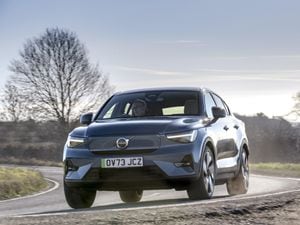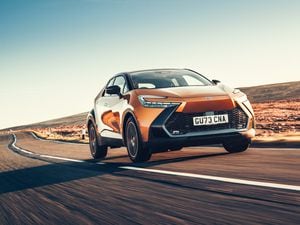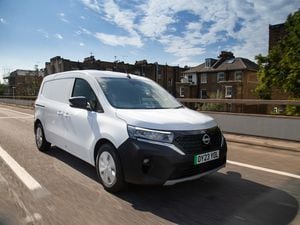Electric avenue: Hyundai Ioniq Electric v Renault Zoe v Nissan Leaf
Electric vehicles are, arguably, the future of personal transport. Simon Davis puts three mainstream models to the test to see which is best
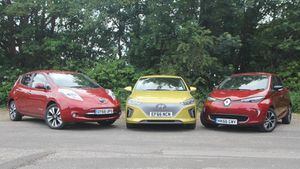
These days, it seems that every second news story from the world of motoring is in some way related to electric vehicles. Just this week, the government announced that it would ban the sale of new petrol and diesel cars by 2040, and Volvo has announced that every car it produces will feature some form of electrification by the year 2019.
With electric vehicles becoming more and more prominent – as well as popular – we thought we’d put three relatively affordable examples together to do battle. There’s the pretty little Renault Zoe, the dependable Hyundai Ioniq and the rather unfortunate-looking Nissan Leaf. Which will come out on top? Read on to find out.
What’s new?
Of the three cars we’ve assembled here, the Hyundai Ioniq is by far the newest. The Nissan and the Renault have both been around for some years now, and the Leaf is actually due to be replaced by a new model next year.
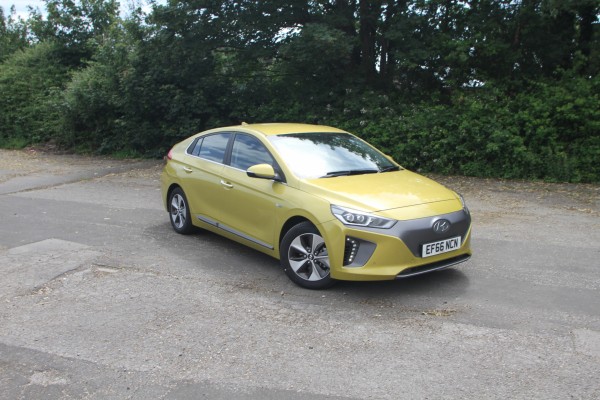
The Ioniq is the South Korean manufacturer’s first go at an all-electric car. It makes use of a 118bhp electric motor, which boasts a claimed range of 174 miles. Inside, you get a well-appointed and tightly screwed together interior, with plenty of toys to help justify the £26,860 price tag that our test car came with.
Next is the Renault Zoe, which – to our eyes at least – is easily the prettiest of the bunch. In addition to its eye-catching looks, it also features the best claimed range of the three EVs, with 250 miles on the NEDC cycle thanks to its new ‘Z.E. 40’ battery.
Finally, we come to the Nissan Leaf, which is arguably the most old-fashioned of the lot. It’s also the least attractive, looking rather bulbous and ungainly in its proportions. It also has the lowest theoretical range with just 155 miles.
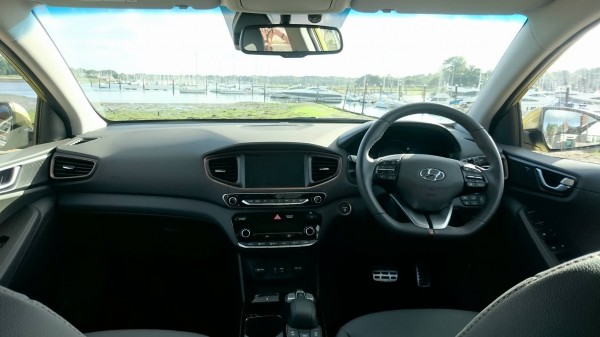
Looks and image
Now, when it comes to talking about how a car looks, the old cliché “beauty is in the eye of the beholder” instantly springs to mind. The conclusions one draws about an objects aesthetics is always going to be purely subjective and based on personal taste. However, you’d have to be blind if you were to argue that the Nissan Leaf was anything other than an unattractive car. It’s swollen, bulbous and generally unpleasant to look at, and it’s further let down by a horrendously dull interior. Well-built, but dry as dust.
The Hyundai, on the other hand, it a far more handsome thing to behold. Of the three cars here, it is certainly the most grown-up, and while it may not be quite as pretty as the Renault Zoe, it still looks good. The Ioniq also has the best cabin of the three, with our Premium SE specification car featuring full leather upholstery, and plenty of equipment as standard – such as heated seats and satellite navigation.
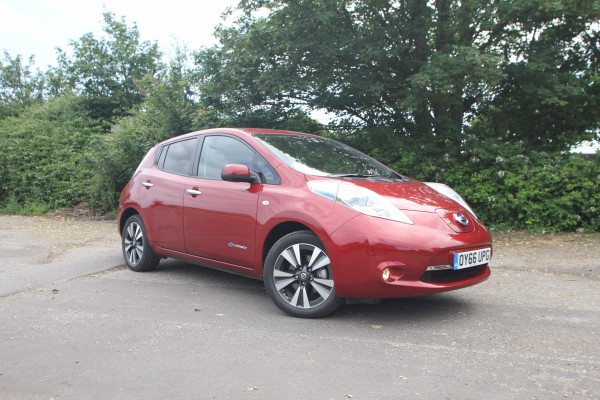
While the Renault might be the nicest to look at from the outside, it is, unfortunately, let down by a fairly bargain-basement interior. There’s a great deal of cheap-looking materials throughout, and next to the likes of the Ioniq it feels just a bit Spartan.
Space and practicality
As far as space and practicality are concerned, the Renault, Hyundai and Nissan are all relatively on a par.
The Hyundai certainly feels the most spacious inside, if only by a touch, with a decent amount of room in the back for passengers. There’s also a 350-litre boot, which can be extended to 1,410 litres with the rear seats folded down.
While the Zoe can’t quite match the Hyundai in terms of interior room, it isn’t too far behind. It also has a fairly comparable boot, with 338 litres of storage capacity on offer. As with the Hyundai, the rear seats can be folded down to free up a total of 1,225 litres.
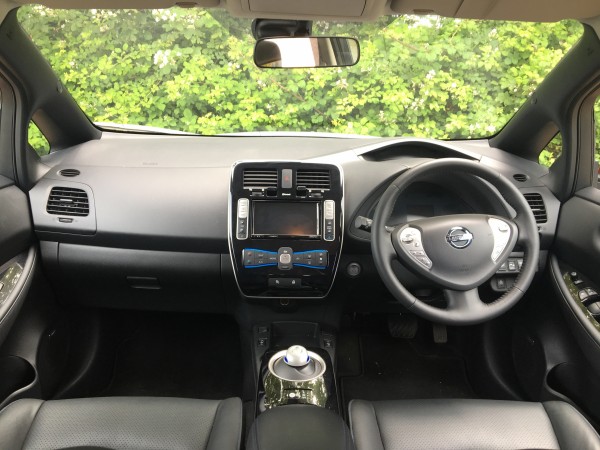
Of the three EVs gathered here, the Nissan Leaf boasts the largest boot – but only by a fraction. The Japanese car offers buyers 370 litres of space, or 355 litres of capacity with the optional Bose stereo system.
Behind the wheel
If we were to be brutally honest, while all of these cars are certainly capable out on the road, none are particularly exciting to drive. Our outright favourite would be the Hyundai Ioniq, largely due to the fact that it’s the most composed when pushing on, and it also benefits from more power than the others. The sprint from 0-60mph is dispatched in 9.7 seconds, while the Nissan and Renault can only manage respective figures of 11.3 and 13.3 seconds.
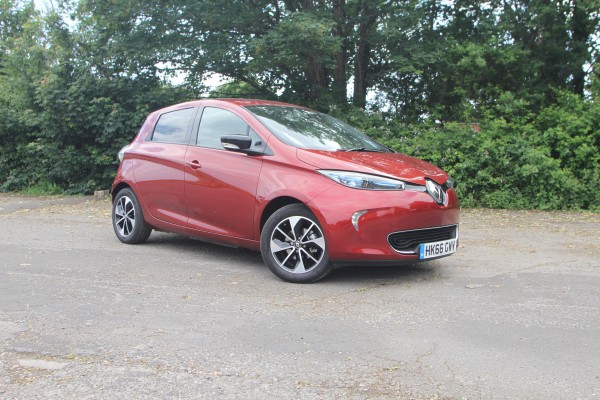
While the Ioniq would be our choice of car for a longer journey, the reality is that these cars are best suited to inner city driving. As all are roughly the same size, all can navigate those tighter spaces that are often encountered in busy city centres with ease, and none proved to be problematic when it came to parking. Thanks to the instant torque provided by their electric motors, you won’t hold anyone up when pulling away from a standstill, either.
Value for money
As far as affordability is concerned, the Renault Zoe is the most obtainable by quite a large margin. With the government’s EV grant included, the price of the Zoe Dyamique Nav R90 ZE40 we tested was £19,295. This sum included a decent amount of standard equipment, including satellite navigation, Bluetooth connectivity, rear parking sensors and 16-inch alloys.
Both the Hyundai and the Nissan were considerably more expensive. With the government EV grant taken into account, the Ioniq Premium SE we drove cost £26,860. While this figure is considerably larger, the car’s interior is a far nicer place to be. There’s full leather upholstery, heated front seats, satellite navigation and a rear parking camera to name but a few standard features.
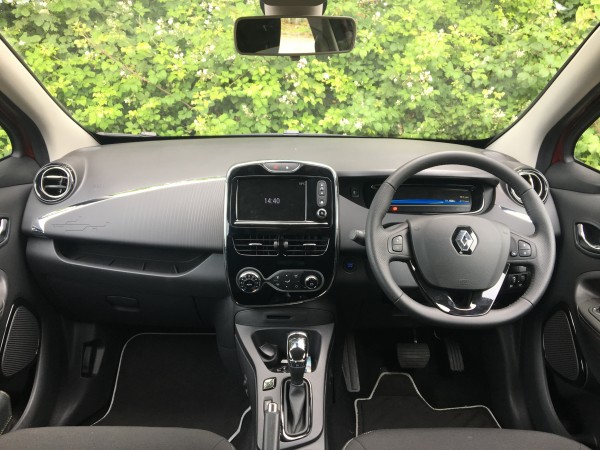
The Nissan Leaf was the most expensive of the three. Prices for the Tekna specification model we tested start at £27,790, and if we’re honest it’s hard to see what this money is getting you. It has the lowest range of the three, is the least attractive, is slower than the Hyundai and also doesn’t have as nice an interior as its South Korean counterpart. That said, there’s a load of standard equipment, with leather upholstery, heated front and rear seats, satellite navigation and Bluetooth connectivity all as standard.
Verdict
At the end of the day, all three of the electric vehicles we’ve assembled here are truly competent vehicles. However, if we were to pick one outright winner, it would have to be the Hyundai Ioniq. It may not be the cheapest model, or the one with the greatest range, but it drives the best out of the three, has a solidly put together interior and looks rather good, too. The Leaf would be the most difficult to recommend – owing to its price and range – but the Zoe follows the Ioniq in a close second thanks to its affordable price tag, attractive exterior and commendable equipment levels.



